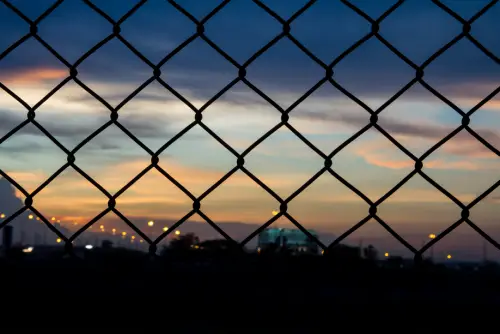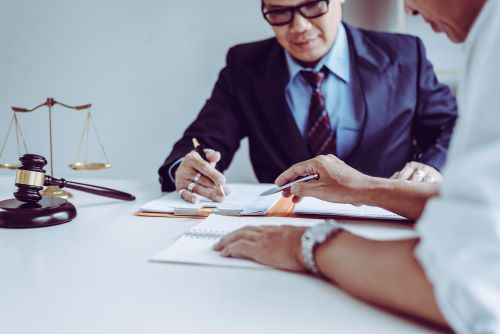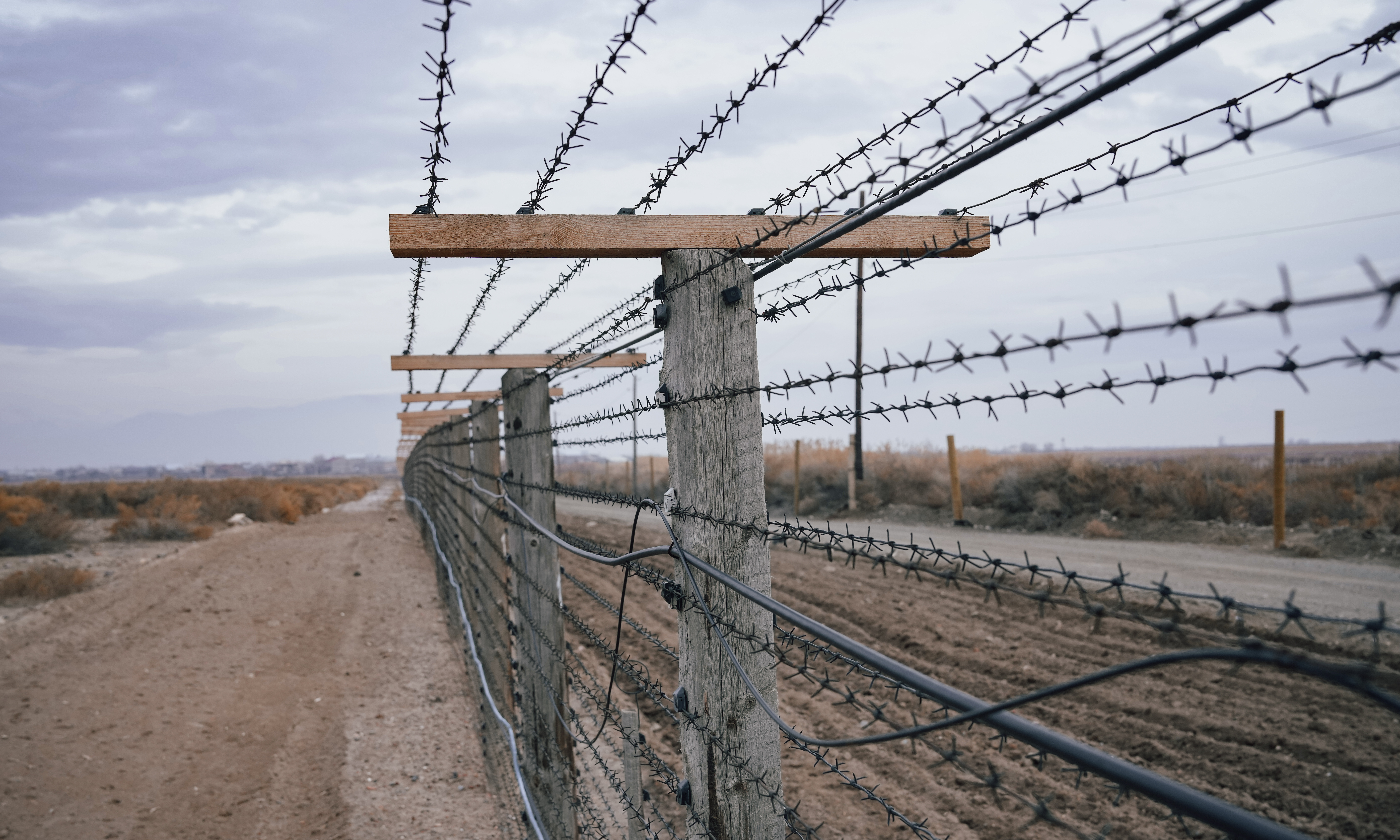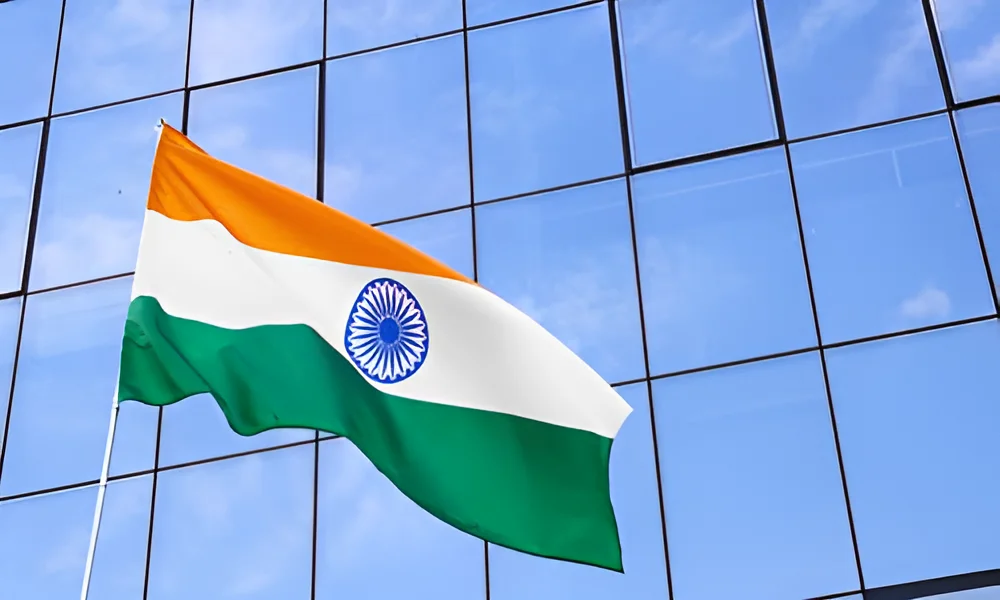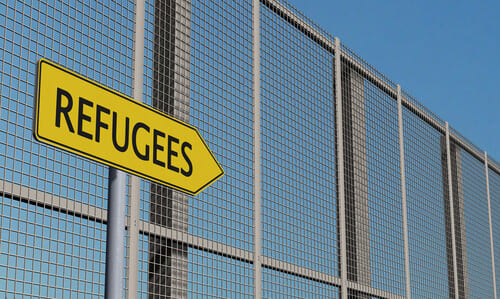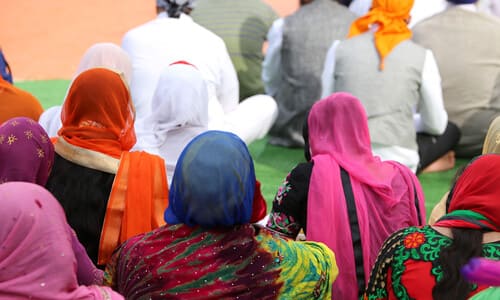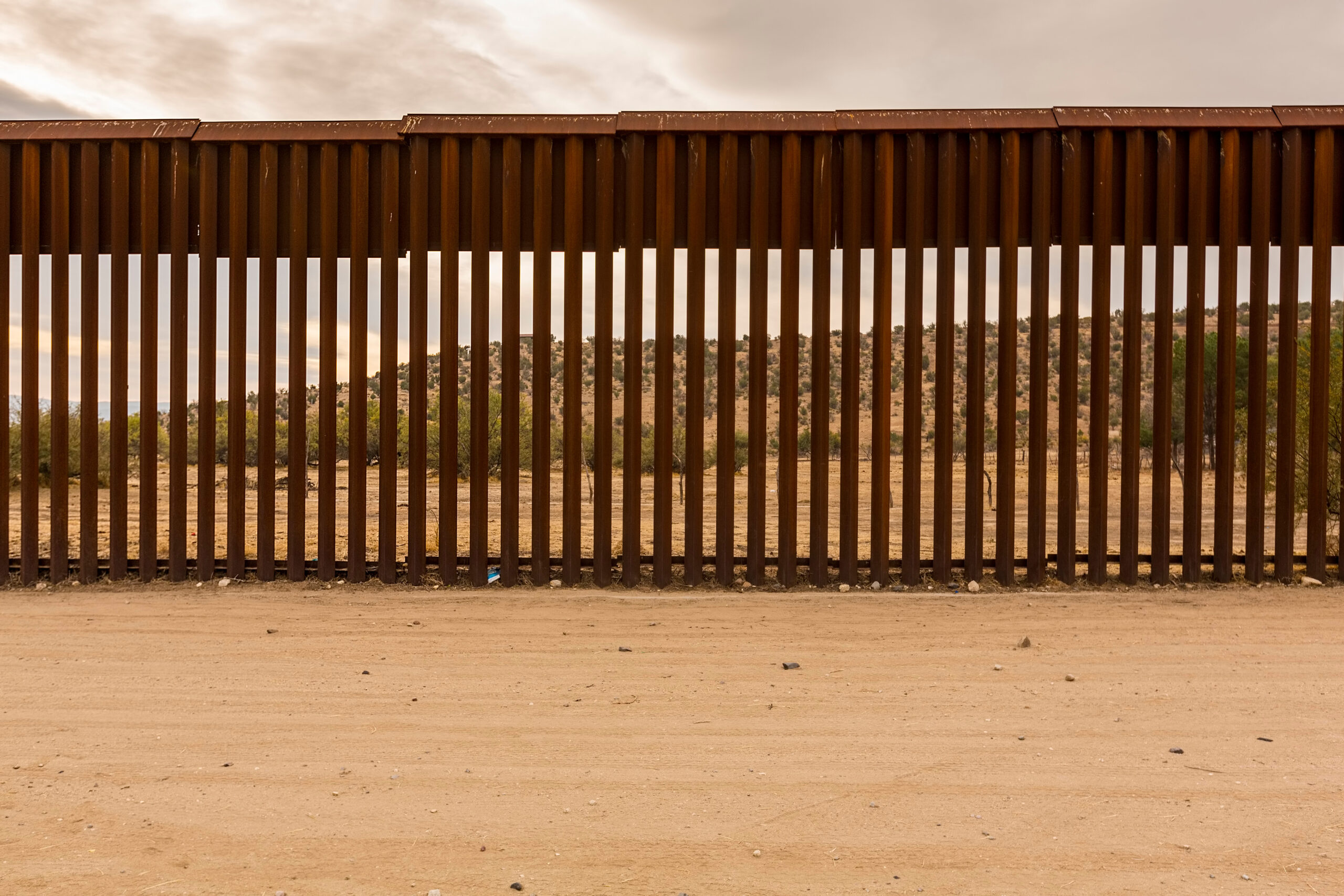Fresno’s rapid growth has strained its roadways, leading to alarming collision rates. According to California’s SWITRS database (2020–2024), Fresno County averaged over 10,000 crashes annually, with intersections being primary hotspots.
Knowing which are the most dangerous intersections in Fresno, CA, isn’t just a matter of statistics—it’s critical awareness that could save your life.
Top 5 Most Dangerous Intersections in Fresno
1. Friant Road & Shepherd Avenue

Friant Road & Shepherd Avenue is Fresno’s most dangerous intersection, with 21 crashes recorded between 2020 and 2024, according to the Statewide Integrated Traffic Records System (SWITRS). Common accident types include T-bone collisions and rear-end crashes, often caused by high speeds and red-light running.
This intersection, near Woodward Park, sees heavy traffic from park visitors, especially during weekends and events, which exacerbates congestion. Community concerns are evident, with locals dubbing it “Death Row” on platforms like the YouTube channel The Friant Roulette, which documents reckless driving behaviors here.
In May 2025, a speeding SUV literally flew off the roadway at this intersection and exploded into flames in Woodward Park. The crash left the van completely burned.
Poor signal timing and high-speed traffic make this a hotspot for accidents, demanding extra caution from drivers.
2. Blackstone Avenue & Dakota Avenue
Blackstone & Dakota Avenue ranks high among Fresno’s dangerous intersections, with 16 crashes reported from 2020 to 2024, per SWITRS data. Rear-end collisions and sideswipes are frequent, driven by heavy traffic and speeding along this busy arterial road.
Located in a bustling commercial area surrounded by shopping centers, the intersection experiences constant vehicle flow, especially during peak shopping hours. The high volume of commercial traffic, combined with drivers rushing through signals, contributes to its risk.
3. Blackstone Avenue & Ashlan Avenue
With 13 crashes between 2020 and 2024, Blackstone & Ashlan Avenue is another high-risk intersection in Fresno. Common accidents include rear-end crashes and turning-related collisions, largely due to heavy traffic and left-turn conflicts.
Situated near schools and residential neighborhoods, this intersection sees significant pedestrian activity, adding to its complexity. Dark night conditions and heavy traffic on Blackstone contribute to risks.
Nearby landmarks include northwest shopping centers and apartments along Ashlan; the intersecting roads form a busy “plus” pattern that can catch drivers off guard when turning.
4. Shaw Avenue & Blackstone Avenue
Shaw Avenue & Blackstone Avenue is widely recognized as a dangerous intersection, with around 12 accidents occurring between 2020–2024 are not specified in available data. Community reports, including a 2024 Fresno Bee reader poll, identify it as a top concern due to the likelihood of rear-end collisions and traffic signal conflicts.
The intersection’s high volume, driven by its location in a major retail hub with heavy foot traffic, creates a chaotic environment. Complex signal patterns and multiple lanes contribute to driver confusion, increasing crash risks.
Local feedback often points to congestion during shopping seasons, so staying alert and avoiding distractions is essential here.
5. Cedar Avenue & Herndon Avenue
One of the city’s largest multi-car pileups occurred at Cedar Ave & Herndon Ave (south of downtown). In March 2017, five vehicles collided here in a chain reaction.
This wide, busy intersection often sees rear-end and “wave-over” collisions during rush hours. Factors include congested north-south and east-west flows, especially when traffic signal timing breaks down.
Why These Intersections Are So Dangerous
These junctions share several risk factors. First, road design and traffic volume play big roles: many Fresno intersections are multi-lane and signal-heavy, requiring drivers to scan multiple lights and lanes.
Second, speed and behavior are major contributors; at many of the above intersections, drivers admit that things “got out of hand by speed,” leading to loss-of-control crashes into homes and poles. Heavy congestion also leads to abrupt stops and rear-end crashes – witnesses at Shaw/Blackstone noted “very heavy traffic” at the time of a recent accident.
Finally, factors like poor sight lines and signal timing add risk.
What to Do if You’re Injured at One of These Intersections
As with any car accident, immediate and careful action can protect your health and claim. Specific courses of action vary, of course, depending on the specific circumstances of an accident, but the following steps serve as a general guide on what to do when injured at one of Fresno’s high-risk intersections.
Ensure Safety
Check for injuries, beginning with yourself, then those in your vehicle, those in other vehicles involved, and finally, any pedestrians or bystanders. If anyone is injured, move them away from the crash, but remain at the scene.
Do not, however, attempt to move a person who is unconscious unless you either have training or unless there is an immediate threat to their lives. An unconscious person cannot communicate their injuries to you, and doing so risks exacerbating any harm they may have suffered.
Finally, you need to decide whether or not to move your vehicle out of the roadway. Generally, you should leave the vehicle where it is when:
- Someone inside is injured or unconscious.
- The vehicle is not drivable or is leaking fluids.
- A fatality has occurred (for the purpose of police investigations)
- Debris is hazardous or cannot be cleared without risking safety.
If you cannot move your vehicle out of the way, turn on your hazard lights if possible, deploy an early warning device if you have one, and wait for emergency responders to arrive.
On the other hand, you should move your vehicle out of the roadway when:
- No one is seriously hurt and,
- The vehicle is safe to operate and,
- The crash is blocking traffic or is a potential hazard to other drivers.
For the most part, this means you should move your vehicle out of traffic lanes when you’ve been in a minor accident. The standard practice recommended by the DMV and CHP is to pull over to a shoulder, parking lot, or side street to exchange information with other parties.
Document the Scene
Once you’ve ensured the safety of everyone involved, take photos of the vehicles, the road, traffic lights, and any injuries anyone has sustained. Note the time, weather, and any obstructions.
You will also want to speak with other drivers to exchange information and get witness names, if available. The information you will need is as follows:
- Driver Information
- Full name
- Phone number
- Driver’s license number
- Address
- Vehicle Information
- Make, model, and color
- License plate number
- Vehicle Identification Number (VIN)
- Insurance Information
- Insurance company name
- Policy number
- Insurance phone number (usually found on the card)
- Additional Helpful Information
- Names and contact information of any passengers
- Witness names and phone numbers
- Responding officer’s name and badge number
- Police report number (will be provided by the responding officer)
Strictly speaking, you are only legally required to provide your driver’s license, vehicle registration, proof of insurance, and current address. That said, it is standard practice to exchange all of the above information with other drivers.
Seek Medical Attention
For the purpose of an insurance claim, a prompt medical exam after an accident gives you an official record that can link any injuries you have to the collision. This is especially important when it comes to injuries that do not immediately become apparent after a crash (fractures, TBIs, etc.)
More importantly, medical attention ensures your health, so you can actually make use of your claim.
Notify Your Insurance
Report the accident to your auto insurer as soon as possible, providing factual details. Keep copies of all medical bills, repair estimates, and communications.
California requires an SR-1 form to be submitted within 10 days of a serious car accident. A claim for damages resulting from the accident, on the other hand, has to be filed within two years of the event.
While this is ample time for most people, it can fly by quickly. Injured victims have to go through treatment, address repairs to their property, and maybe even go through counseling, all while balancing their regular responsibilities.
Consult a Personal Injury Attorney
If you sustained significant injuries, contact a lawyer experienced in Fresno traffic crashes. Intersection collisions can involve complex fault issues (signals, right-of-way, etc.), and a Fresno car crash attorney can protect your rights.
California follows a fault-based system, so liability typically depends on who violated traffic laws at the intersection. An attorney will gather evidence (police reports, witness statements, traffic camera video) to establish fault and pursue damages on your behalf.
How to Stay Safe on Fresno’s Riskiest Roads
To reduce your risk at busy intersections, adopt defensive driving habits and use technology:
- Drive Defensively: Always obey speed limits and be prepared for sudden stops. Watch all traffic lights carefully and anticipate that other drivers might run a yellow or red light.
- Avoid Peak Congestion: If possible, plan travel outside rush hours. Less traffic reduces the chance of chain-reaction crashes. Also, be extra cautious in poor weather or low visibility.
- Use Traffic Apps: Smartphone navigation apps offer real-time traffic alerts and alternate routes. These apps may warn you of accidents or construction near your route so you can choose a safer path.
- Stay Alert: Minimize distractions. Look ahead when approaching an intersection – if you see brake lights, a stopped car, or flashing traffic lights, slow down immediately.
- Follow Local Updates: The City of Fresno occasionally changes street layouts or adds safety features. Monitor local news or City of Fresno announcements for new traffic signals, road diets, or community safety projects.
Why Choose Singh Ahluwalia Attorneys at Law After a Crash?
When the worst happens, Singh Ahluwalia Attorneys at Law offers experienced, local representation for Fresno intersection accidents. Our attorneys know the Fresno courts and have successfully handled numerous auto accident claims on behalf of valley residents.
Our firm has recovered significant verdicts and settlements in car crash cases, including complex intersection collisions. While every case is different, our track record shows we fight aggressively for maximum compensation (medical expenses, lost wages, pain and suffering).
We know a serious crash can be life-altering. We handle all communication with insurance companies and offer free consultations. We work on contingency (no fees unless we win), so you can focus on recovery while we manage the legal process.
Call Singh Ahluwalia Attorneys at Law Today
Intersection crashes are unfortunately common in Fresno’s busy road network. As local reports illustrate, corners like Friant/Shepherd, Blackstone/Dakota, and Shaw/Blackstone have repeated serious accidents.
Knowing where these hotspots are – and driving defensively around them – can help you avoid tragedy. Above all, stay alert, follow traffic signals, and give yourself extra space at the signals.
And remember: if you or a loved one is hurt in a Fresno intersection collision, experienced legal help is available when you call us at (559) 878-4958. Singh Ahluwalia Attorneys at Law is ready to review your case and fight for the compensation you deserve.
Drive safely, stay informed, and reach out for help if a crash ever happens.
